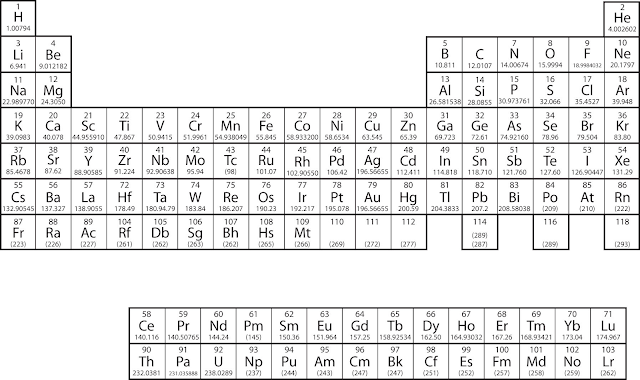Periodic Table and Contrasts in Elements: General Knowledge USA Quiz.
By knowledgeterminal - December 11, 2018
Sect. one: map pointing of United States of America (states and capital)
Sect. two: World map-pointing Europe (countries and capital)
Europe
Sect. three: historical events of United States of America
1916-1930
First Great Migration. was the movement of six million African-Americans out of the rural Southern United States to the urban Northeast, Midwest, and West that occurred between 1916 and 1940. In the early 1900s, more than 90 percent of the African-American population lived in the American South and in 1900, only one-fifth of African-Americans living in the South were living in urban areas.
1980-1988
On 22 September 1980 Iraq invaded Iran to replace Iran as the dominant Persian Gulf state, resulting in stalemate with both sides claim victory Iraq failing to annex Iranian territories and Iran failing to topple Saddam Hussein
Sect. four: historical events outside United States of America
3300 –1500 BCE
Indus Valley Civilisation was a Bronze Age civilization it was one of three early cradles of civilisations of the Old World, and of the three, the most widespread
336–323 BC
Reign of Alexander the Great( from ancient Greek kingdom of Macedonia and a member of the Argead dynasty). With military campaigns throughout Asia and northern Africa he established one of the biggest empires from Greece to northwest of India. He was unbeaten in battle and is widely considered one of history's most successful military commanders.
221-206 BCE
Unification of China under Emperor Qin Shi Huang, who begins to build The Great Wall.
Sect. five: Periodic Table and Contrasts in Elements
Periodic Table
The periodic table was created by Dmitry Mendeleyev (1869) at University of St. Petersburg.
Scientists have discovered 94 naturally occurring. Majority (over three-fourths) of the natural elements are metals. The periodic table is the set of the elements written in a fashion pointing out the similarities in the properties of the elements.
The chemical properties of an element are dependent on the number of electrons in its outer shell. In the periodic table elements of the same group have the same number of electrons in the outer shell and have similar properties. The properties change gradually along periods (rows) in the table. The major groups are
1) Metals: Group 1A (alkali metals), 2A (alkaline earth metals), and 3-12. (good conductors of heat, malleable, ductile and shiny look).
2) Non-metals: (poor conductors of heat, non-malleable or ductile and not shiny (Nitrogen, Oxygen)
3) Halogens: Group 7A/17 (reactive nonmetals) (fluorine (F), chlorine (Cl), bromine (Br), and iodine (I))
4) Noble gases: Group 8A / 18th (colorless and unreactive) (Helium, Neon, Argon)
Contrasts in Elements
Most reactive metal francium (man-made)
Most reactive metal is cesium (natural)
Least reactive element Helium
Most electronegative fluorine
Least electronegative francium
Lowest density Hydrogen
Highest density Osmium.
Most common element Hydrogen
Most abundant element on earth’s crust oxygen (followed by silicon)
Most abundant element by weight iron
Rarest or scarcest element is astatine
Lightest element Hydrogen
Heaviest natural element is the metal uranium
Most flammable element hydrogen
Most flammable chemical chlorine trifluoride, ClF3.
Element with the highest melting point Calcium
Element with the lowest melting point Helium
Element with the highest sublimation point Calcium
Most expensive natural element Lutetium
most conductive silver
least conductive Sulphur
highest measured radioactivity comes from the element polonium.
Most corrosive-resistant iridium
Copper is also the only metal that is naturally antibacterial
Sect. six: quiz
QUESTIONS
1. How far is the moon from the Earth?
2. How do we better know Theodor Seuss Geisel?
3. According to Egyptian mythology, a criosphinx is a figure that has the body of a lion and the head of a what?
4. Which animal has the biggest brain?
5. How long does Haley’s comet take how long to orbit the sun?
2. How do we better know Theodor Seuss Geisel?
3. According to Egyptian mythology, a criosphinx is a figure that has the body of a lion and the head of a what?
4. Which animal has the biggest brain?
5. How long does Haley’s comet take how long to orbit the sun?
ANSWERS
1.
240,000 miles
2.
Dr. Seuss
3.
ram
4.
sperm whale.
5. 75 years





0 comments